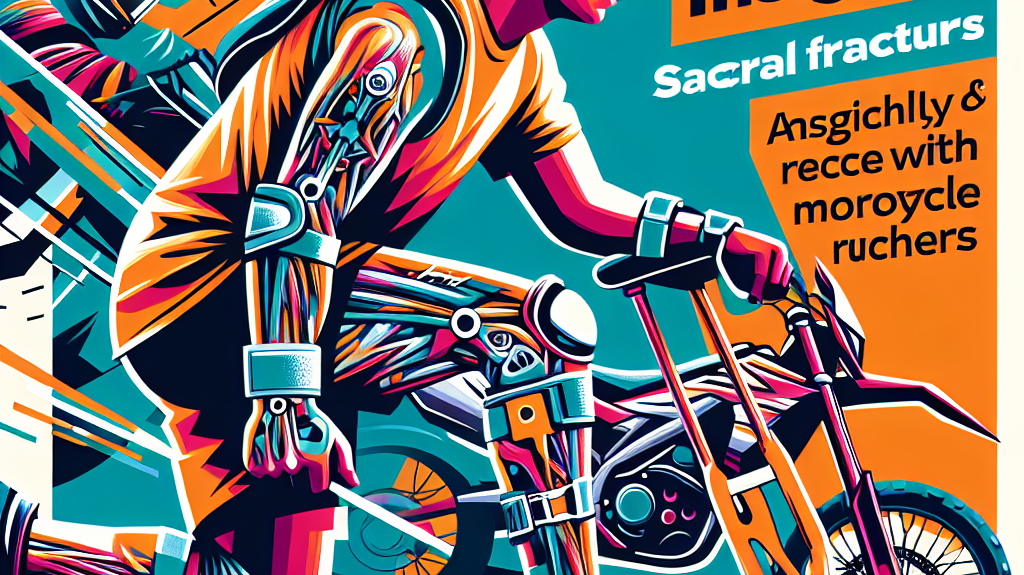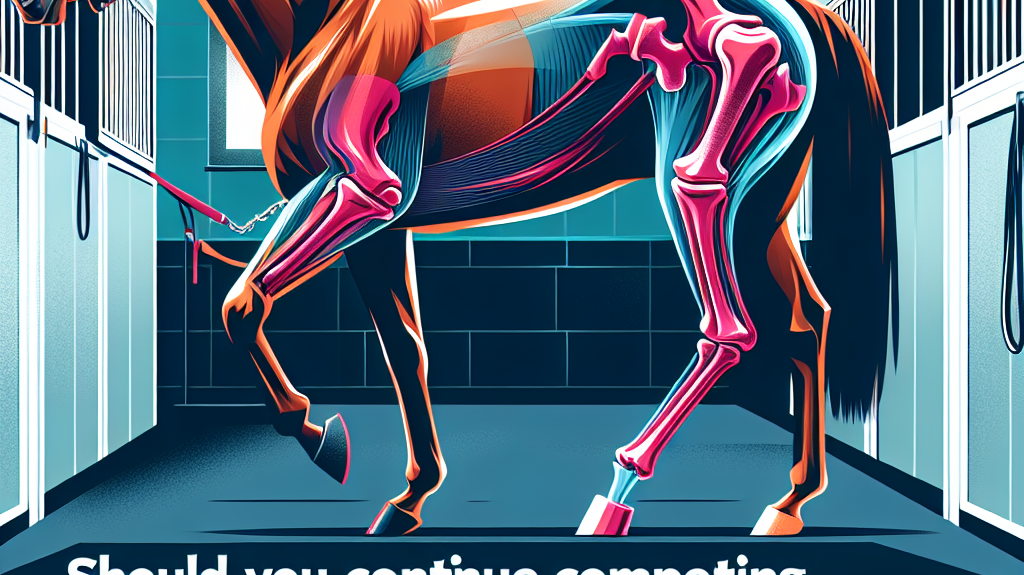Overcoming Challenges: Tips for Helping Young Riders Transition Off the Lead Rein
Transitioning from riding on a lead rein to riding independently is a significant milestone for young riders. This process requires patience, clear communication, and a structured approach to ensure the rider and the horse feel confident and secure. Here are some valuable tips and strategies to help young riders make this transition smoothly.
1. Establishing Trust and Communication
Before transitioning off the lead rein, it's crucial to establish a strong bond of trust between the rider and the horse. This involves clear and consistent communication through aids such as reins, legs, and body weight. For young horses, especially those that are green or inexperienced, groundwork is essential. Groundwork helps the horse understand basic commands and builds trust in the handler.

2. Understanding and Respecting Aids
One of the primary challenges young riders face is ensuring the horse respects and responds to leg aids. If a horse ignores rein aids or leg cues, it may be due to a lack of understanding or respect for these cues. Riders should focus on making the horse wait for cues and rewarding correct responses. For example, if the horse ignores the outside leg cue, the rider can use a combination of rein and leg aids to guide the horse, then reward the horse for responding correctly.

3. Forward Movement and Balance
A key aspect of riding is maintaining forward movement and balance. Horses that lack enthusiasm or forward momentum can make transitions difficult. Riders should encourage forward movement by using gentle leg aids and maintaining a relaxed position in the saddle. This helps the horse understand that moving forward is a positive and safe action.
4. Gradual Transition from Lead Rein
The transition from a lead rein should be gradual. Start by giving the young rider more independence in small increments. For instance, begin by allowing them to ride short distances without the lead rein while still being supervised. Gradually increase the distance and complexity of the tasks as the rider becomes more confident and competent.

5. Exercises to Build Confidence
Engaging in various exercises can help build the rider's confidence and the horse's responsiveness. Simple exercises like walking in a circle or figure-eight pattern without the lead rein can help the rider develop their balance and steering skills. Additionally, incorporating fun and engaging activities, such as "around the world" where the rider sits sideways or backwards, can make the learning process enjoyable and interactive.
6. Importance of Body Position and Softness
The rider's body position and softness in the saddle are critical for effective communication with the horse. A relaxed and balanced rider helps the horse feel more secure and responsive. For transitions, such as from trot to canter, it's essential to focus on the feel of the horse rather than overthinking the mechanics. Softening in the position and focusing on the horse's rhythm can significantly improve transitions.

7. Seeking Professional Guidance
If the young rider is struggling to transition off the lead rein, it may be beneficial to seek guidance from a professional trainer. A trainer can provide personalized advice and help both the rider and the horse overcome specific challenges. They can also offer structured training programs that include groundwork, desensitization, and progressive exercises to build confidence and competence.
8. Consistency and Positive Reinforcement
Consistency and positive reinforcement are key elements in any training program. Riders should consistently use the same aids and cues to avoid confusing the horse. Rewarding the horse for correct responses helps reinforce good behavior and builds trust. This approach ensures that the horse learns to respect and respond to the rider's cues, making the transition off the lead rein smoother.
Conclusion
Transitioning off the lead rein is a significant step in a young rider's journey. By focusing on trust, clear communication, forward movement, gradual transitions, and consistent training, riders can overcome the challenges associated with this milestone. Remember, patience and positive reinforcement are essential for building a strong partnership between the rider and the horse.
By following these tips and strategies, young riders can confidently transition off the lead rein and continue their equestrian journey with confidence and competence.
Check out our Jodhpur Collection, Horse Riding Boot Collection, and Horse Riding Gloves Collection to equip young riders with the best gear for their journey.




